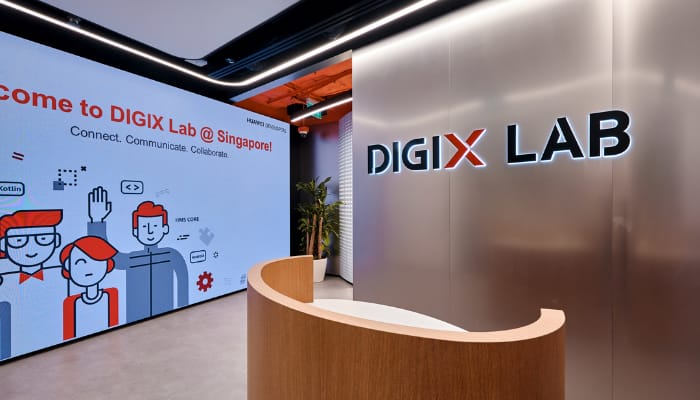OCBC launches unified brand strategy to leverage ASEAN-Greater China potential
Singapore– OCBC recently launched a unified brand strategy across all of its key regions, highlighting its One Group mentality to fully capitalise on the strong ASEAN-Greater China potential. OCBC wants to grow and create an additional S$3 billion in revenue by 2025, outpacing its current growth path, by narrowing its focus on the ASEAN-Greater China region.
Major subsidiaries have changed their names legally in order to create brand uniformity. OCBC Wing Hang Bank Limited in Hong Kong SAR has changed its name to OCBC Bank (Hong Kong) Limited, and Banco OCBC Weng Hang, S.A. in Macau SAR. Nowadays, it goes by the name OCBC Bank (Macau) Limited. OCBC Wing Hang Bank (China) Limited is scheduled to change its legal name to OCBC Bank Limited in mainland China during the fourth quarter of 2023, subject to regulatory approval.
OCBC has unveiled a unified, updated logo for its banking firms in conjunction with these legal name changes throughout Greater China. In the fourth quarter of 2023, OCBC NISP, OCBC’s Indonesian affiliate, will adopt the same logo. The Bank of Singapore logo remains the same. It is the exclusive private banking arm of OCBC.
The traditional Chinese sailing ship design was retained in the OCBC logo’s 1998 redesign. This recognizable symbol symbolises the pioneering spirit of OCBC’s founding fathers, who constructed residences and companies throughout ASEAN. Since the bank was founded in 1932, it has always been a part of the logo.
Alongside the unveiling of its updated logo, the Bank has introduced a fresh tagline: “For now, and beyond” . The new tagline embodies OCBC’s inherent DNA of consistently adopting a far-sighted approach in its endeavors and investments. It signifies the bank’s dedication not only to the present, but also to the future, as it strives to create a lasting positive influence on the world.
By unifying its brands, OCBC confirms its dedication to leveraging the combined strength of its network and the integrated capabilities of its One Group in the fields of banking, wealth management, and insurance. This tactical action demonstrates OCBC’s commitment to their growth and is intended to increase support for the growing cross-border goals and expansion of both firms and individuals.
Helen Wong, group chief executive officer of OCBC, said, “The flow business between ASEAN and Greater China is not new to us. We recognise its potential. Over the years, we have built a strong franchise and put ourselves in a very good position to capture these flows. The effects of China’s reopening post-pandemic, the rise of ASEAN for the China plus one strategy and other geopolitical factors have amplified this potential,”
“The unified brand that we have unveiled today is yet another strategic move. It solidifies our One Group approach, one of eight core pillars of our Corporate Strategy that was refreshed in 2022. It also furthers our commitment to customers: that when they bank with us, they have the collective strength of OCBC Group supporting them seamlessly across markets. With this One Group approach, our comprehensive ASEAN- Greater China franchise and twin hub proposition of Singapore and Hong Kong becomes even more compelling,”








